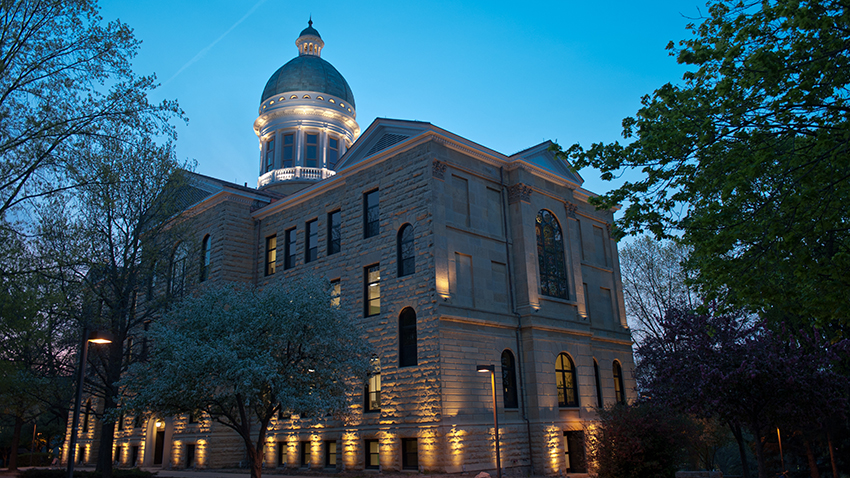The difference between public and private colleges/universities
When you’re beginning your college search, you may be confused about what distinguishes a private institution from a public one. Today, I’m going to try and clear up the confusion and give you a better idea about what both kinds of schools have to offer.
Funding
One key difference between public and private institutions is where they get their funding. Obviously, both rely on tuition and fees from the students that go there but they also rely on funding from outside sources.
Public institutions typically get their funding from state governments. Each state is structured differently, with some states providing lower tuition rates for in-state students than others based on the amount of funding they receive.
Private institutions typically get their funding from donors. Whether it be alumni or outside parties sympathetic to the institution’s goals, these donors can help add to the school’s endowment, fund new buildings, and establish scholarships for students.
Affordability
Typically, because of the differences in funding, tuition rates tend to be different between public and private institutions.
Public institutions tend to be cheaper, especially for in-state students. This is not only because of funding from their state but also because it helps incentivize students to attend college in their home state. When it comes to out-of-state students, prices tend to be much more expensive.
Private institutions are typically more expensive than public ones due to the lack of state funding. However, these prices are just sticker prices. At Augustana for example, virtually no one (1%) pays the sticker price. In fact, average tuition is much closer to in-state tuition at Illinois public schools.
In short, while sticker prices may be drastically different between the two types, often times private and public schools are much closer in cost than one might initially think.
Size
Size is another big distinguishing factor between the two types of institutions.
Public institutions tend to be large due to the high number of in-state students they receive. It’s very common for these schools to have populations that rival mid-sized towns, often becoming communities in and of themselves.
Private institutions are often much smaller than public ones. These schools might only have a few thousand and, in some cases, just hundreds of students. Despite this, these schools also become communities and often lead to more close knit connections between students.
Campus Life
Campus life can also be different depending on what type of school you choose.
Public institutions typically have higher budgets to fund more student life activities and events, bringing in “bigger” names and offering a variety of student groups and organizations.
Private institutions, because of their small size, tend to offer less variety of activities although they still put on fun events and offer various extracurriculars to students.
Even though Augustana is a private school, we still offer nearly 150 student groups and organizations, hold a free music festival every year called SloughFest, and put on numerous cultural events throughout the school year to promote diversity and cultural learning.
Student Outcomes
Finally, attending a private or public school can also have an impact on your life after college.
Believe it or not, graduating in six years can be considered “on-time” based on national averages. However, statistics show private schools do a better job of ensuring students graduate within the desired four year window compared to public schools.
Furthermore, average career salaries and return on investment tend to be higher for students who attend private institutions compared to those who attend public ones. That being said, the career path you choose (and your ability to successfully stand out in it) are much more important indicators of salary than where you go to school.
Also, remember that good money doesn’t necessarily equal happiness.
In conclusion, public schools and private schools are certainly different in some aspects but it is ultimately up to you to decide which one seems like a better fit for you.
However, not all schools fit these stereotypes. Be sure to visit schools to see for yourself whether they truly fit your style or not. Hopefully Augustana will be one of the schools you visit!

Justin graduated in 2020, double majoring in biology and neuroscience with a minor in creative writing. He conducted research at Baylor College of Medicine, where he investigated the use of several brain imaging scans to detect early structural and functional differences in young mice with Alzheimer's, with the hope of eventually developing an early diagnostic tool for the disease. He currently is pursuing a Ph.D. in cognitive neuroscience at the University of Kentucky.



